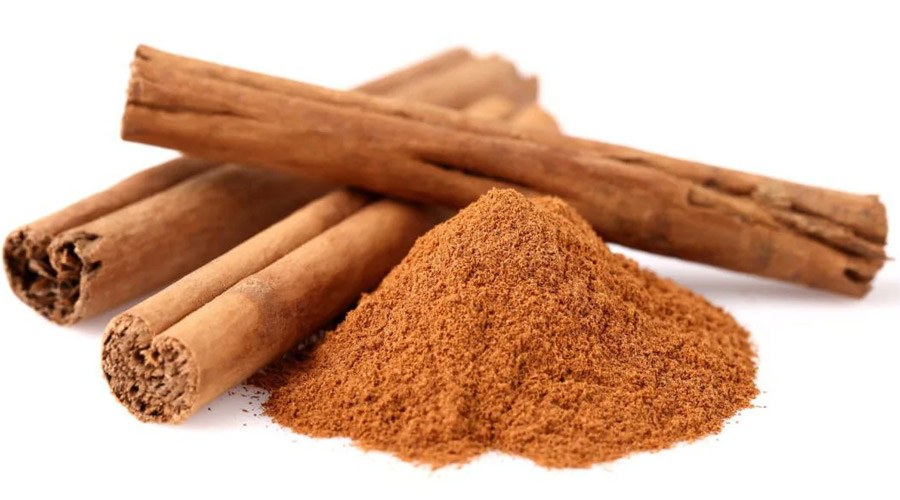Ceylon True Cinnamon (Pvt) Ltd
How We Started
The history of True Cinnamon (Pvt) Limited company overspreads back until the British Colonial era. Our grandfather whose name was Koku Hennadige Don Jacoris De Silva was born in 1860 in Kudawella a remote rural village that who had planted the seed of this business on the territory of Sri Lanka being the pioneer and the front runner upon the success of present progress. He initiated the first step by commencing a small business and when the time being, by hoarding a sum of money he purchased some blocks of land in various regions as the same he started plantations by cultivating coconut, cinnamon and citronella and also he owned some paddy fields. As a result of his indomitable courage he had become the fourth well- to- do person in Hambanthota District furthermore he was conferred with honorary title of “Piscal Arachchi” by the British Governor.
Thenceforth, he had grown up his image as a well- off individual by developing his plantation and possessed 1500 acres of land when his demise occurred in 1950 and so forth he remained four sons and two daughters to the nation. The government in 1971 under the land reform commission act the plots of land which exceeding 50 acres were nationalized and land lordship was limited to 50 acres and as the consequence of this act each of siblings was entitled only with 50 acres.
True Cinnamon (Pvt) Ltd is a prominent company in Sri Lanka that who utilizes the real cinnamon for their manufacturing outputs. We are the third generation of True Cinnamon (Pvt) Ltd who are leading the present businesses forwarding cinnamon related productions particularly targeting the foreign markets as well as we provide our productions throughout the island.
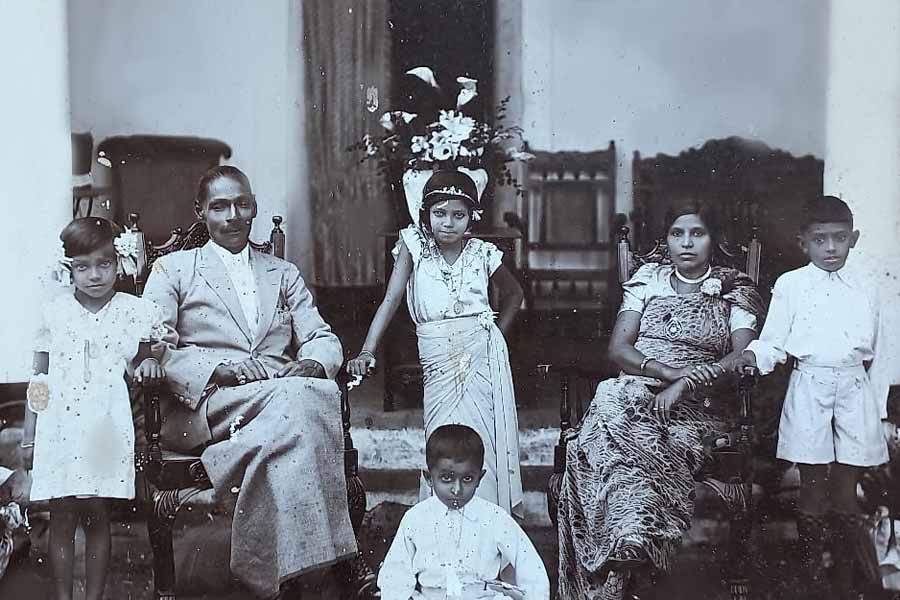
Grand Father
Koku Hennadige Don Jacoris De Silva
1860 – 1940

Our Vision
To be the world’s premier destination for ethically sourced, sustainably produced, and eco-friendly value-added Ceylon spices.

Our Mission
Our mission is to establish a strong international presence while becoming a leading entrepreneur in Sri Lanka. We strive to contribute to the national economy by delivering premium-quality Ceylon cinnamon and spices to both local and global markets. Upholding the highest standards, we ensure our products retain their natural taste, aroma, and color. Committed to excellence, we continuously refine our processes to maintain quality and sustainability while minimizing production inefficiencies.
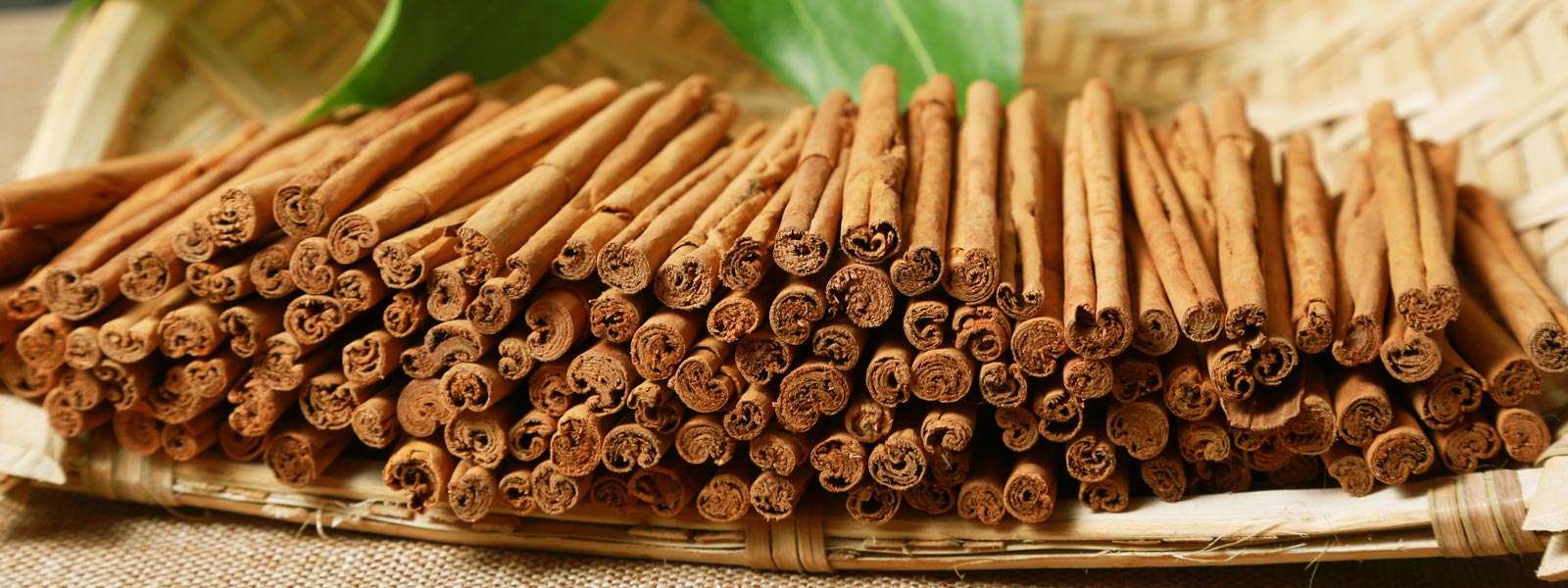
Ceylon Cinnamon History
The 15th century was the golden era in the exploration of cinnamon and by that time Sri Lanka was only the country that who produced the real cinnamon and had been gained the up level prestige for cinnamon barks and quills. Portuguese traders made their voyages in the 15th century to Sri Lanka by finding the best quality cinnamon upon the objective of controlling the supply flow and also they obtained the control of the cinnamon trade from Arabs.
Soon after the few years the Dutch invaded the island and displaced the Portuguese then they acquired the control of supplying flow also gained the cinnamon monopoly.
“Hanguranketha Agreement” was another turning point in cinnamon cultivation which was signed in 1766 between the king Sri Keerthi Sri Rajasinghe and the Dutch government. By this treaty the kind had permitted the Dutch to cut cinnamon and in peeling in certain forest areas in Sri Lanka and in return the Dutch government promised to protect the kingdom from invaders.
Cinnamon history in the world
In the writings of Chinese that is belonged to the donkey’s years we are able to find a word as “ Kwai” in “ Mandarin” which reveals the history of cinnamon that dated back 2800 BC years.
Some Bible notes too have proved the use of cinnamon in ancient Rome specially the evangelist Moses that he had used cinnamon in the preparation of anointing oil as an ingredient.
Another valuable note could be found from ancient Rome i.e. the Roman had been burning cinnamon throughout in their funeral functions to diminish the bad odor which blown from the dead bodies.
We find another evidently proven note from ancient Egypt that who had used cinnamon in the acts of embalming mummies as a preservative substance which gives out a pleasant smell.
If you journey through the recorded history of the medieval era in 14th and 15th centuries you would find very important writings how the westerners used cinnamon as a precious condiment. The western people used cinnamon to preserve meat as well as to retard the growth of bacteria.
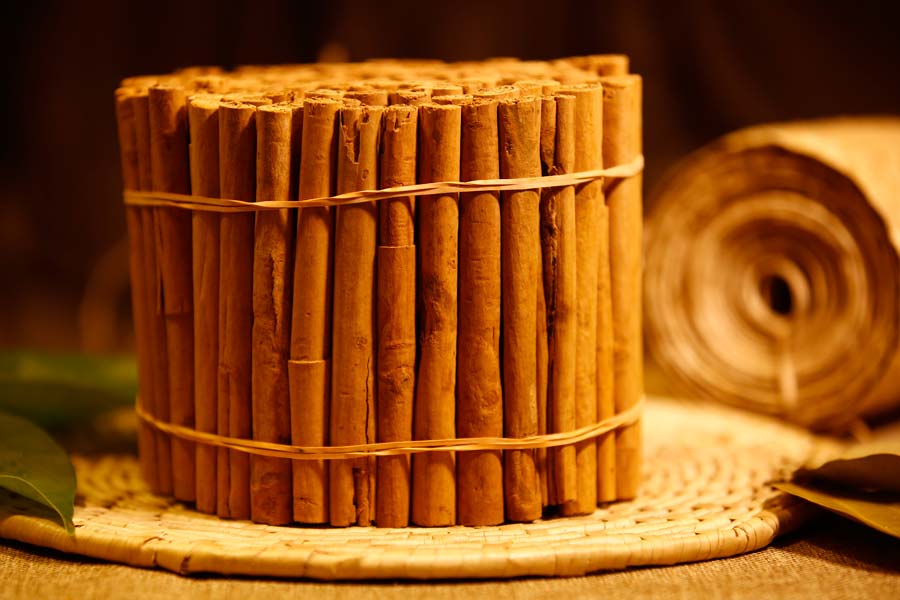
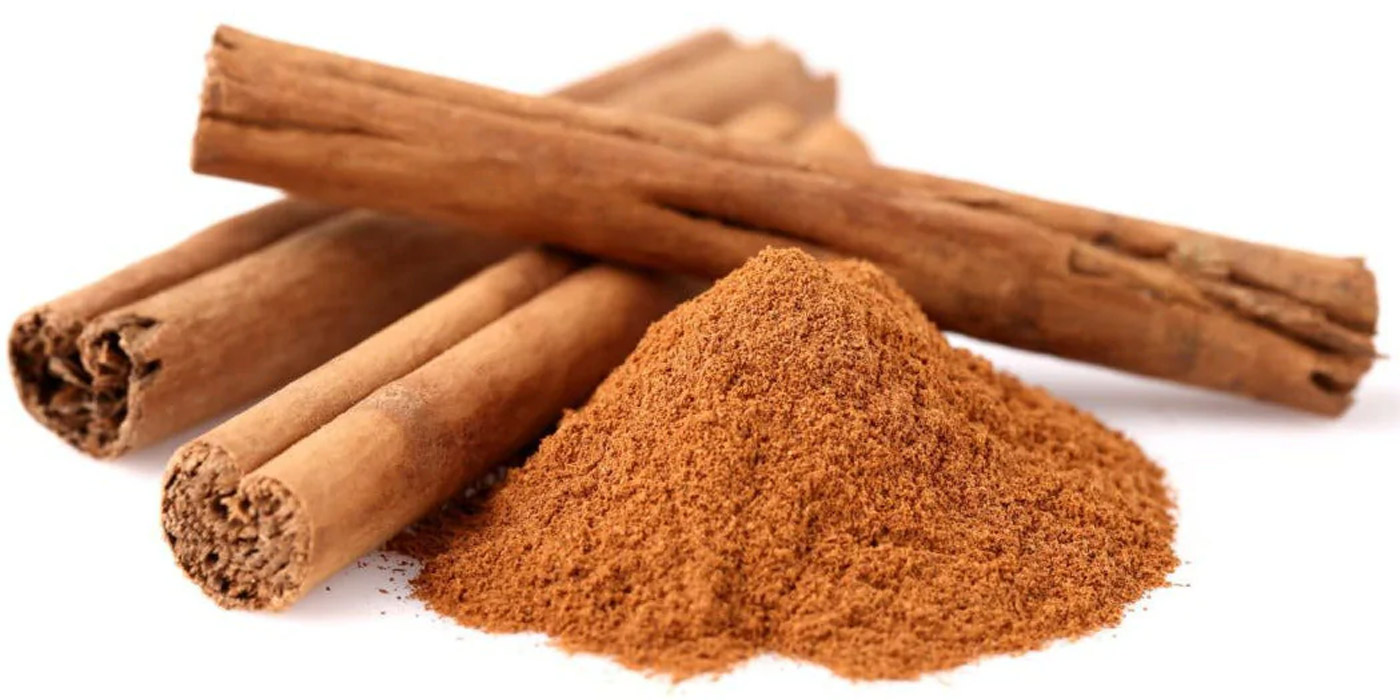
British Era
In 1815 the governing powers of this island was undergone to the British colonialism therewith the cinnamon trade too turned to their hands.
Under the British colonialism, it seemed to be deteriorated the value of cinnamon as a trade and the colonial officers substituted agribusinesses by cultivating tea, rubber, coffee, cocoa and sugar.
The Specification of Ceylon True Cinnamon
There are many categories of cinnamon used in the whole world. Cassia Cinnamon is the most popular variety which contains Coumarin that can be harmful to damage our liver.
The studies which were carried out by the leading countries have proved that the compositions of Ceylon true cinnamon is much higher than the other cinnamon and the oils that extracted from Ceylon cinnamon bark as well as the leaves of the tree are in much higher quality
Ceylon cinnamon is much lower in Coumarin content than the Cassia variety.
Ceylon cinnamon has low coumarin levels of 0.02% comparedto 0.4-0.8% for Cassia type cinnamon. Even at levels of 0.4-0.8% coumarin is considered dangerous to liver.Ceylon cinnamon however can be consumed on a daily basis without undue concerns.
